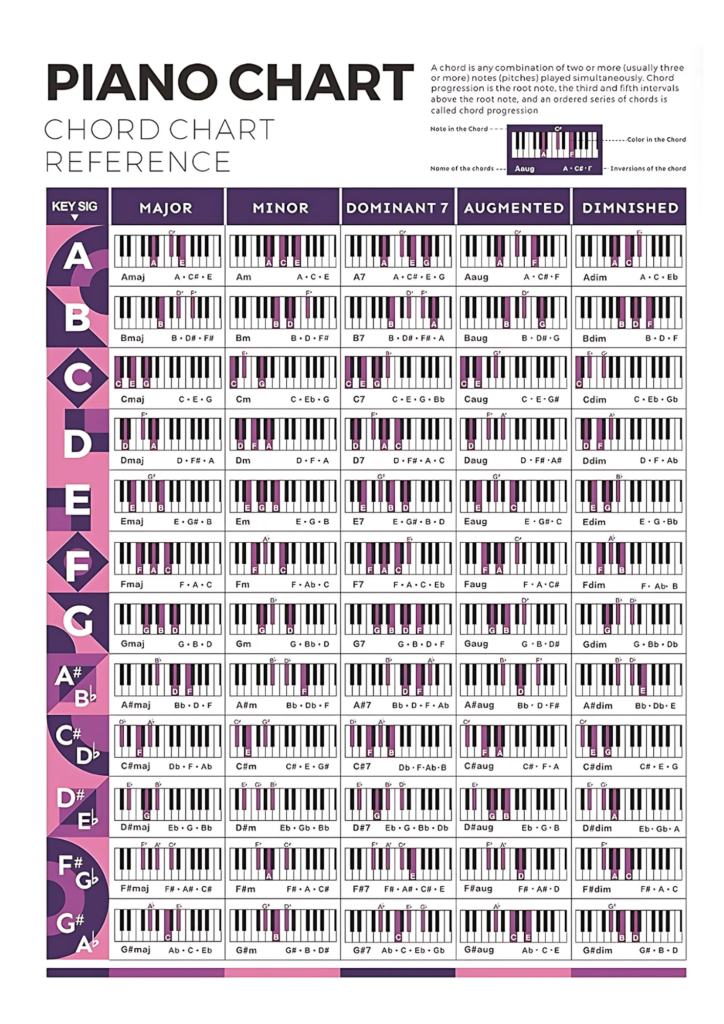Have you ever wondered why some songs feel more thrilling and emotional than others? The secret often lies in the chords and chord progressions used by musicians. Understanding how these musical building blocks work can take your playing from basic to beautiful in no time!

1. What Are Chords?
Chords are simply a group of notes played together. When you strum or press down multiple strings on a guitar, you’re creating a chord. Some of the most common chords are major and minor chords. Major chords sound bright and happy, while minor chords give off a more emotional or sad feeling.
But there’s more to chords than just major and minor!
2. Adding Flavor: Seventh Chords & Suspended Chords
Want to spice things up? Try adding seventh chords to your playing. These chords create tension and make your music sound more interesting. A simple way to play one is to take a basic chord and add the 7th note of the scale to it. Easy, right?
Suspended chords are another fun option. They add a sense of suspense. You can play them by replacing one note in a chord with another note close by.
3. The Power of Chord Progressions
A chord progression is a sequence of chords that you play one after another. The way you order these chords can completely change the feel of a song.
For example:
- A I-IV-V progression (C – F – G) is one of the most popular and sounds smooth and uplifting.
- A vi-IV-I-V progression (Am – F – C – G) gives off a more emotional vibe and is used in countless hits.
By experimenting with different progressions, you can create unique moods in your songs.
4. Try Inversions for New Sounds
Don’t be afraid to play around with inversions! Instead of always playing a chord in its basic form, you can flip the order of the notes. This gives you a fresh sound without learning a whole new chord. It’s an easy trick to make a simple chord sound exciting!
5. Get Creative With Modulation
Modulation is the art of changing keys during a song. It keeps your listeners on their toes! It might sound advanced, but it’s as simple as shifting your chord progression to a different key for a new section of the song. This can add an element of surprise and keep the excitement going.
6. Experiment and Break the Rules!
There are no strict rules in music. Feel free to experiment and mix things up. If you find a chord that sounds good to you, use it! The best music often comes from creative expression, so don’t hesitate to step outside the box.
By understanding and experimenting with exciting chords and progressions, you’ll be able to add more depth and excitement to your playing. So grab your guitar or sit at your piano, and start trying out these techniques today. You might just discover your next favorite sound!
- 🎶 Flute Lesson for Beginners: Learn Your First Notes Easily
- Homesteading Knowledge: Back-to-Basics Skills for Self-Reliant Living
- 🎸 Dmaj7 Guitar Chord: A Smooth and Dreamy Sound for Your Songs
- July 5th in America: The Quiet Day After the Boom
- Who Is Vanessa Trump? Inside the Life of Donald Trump Jr.’s Former Wife